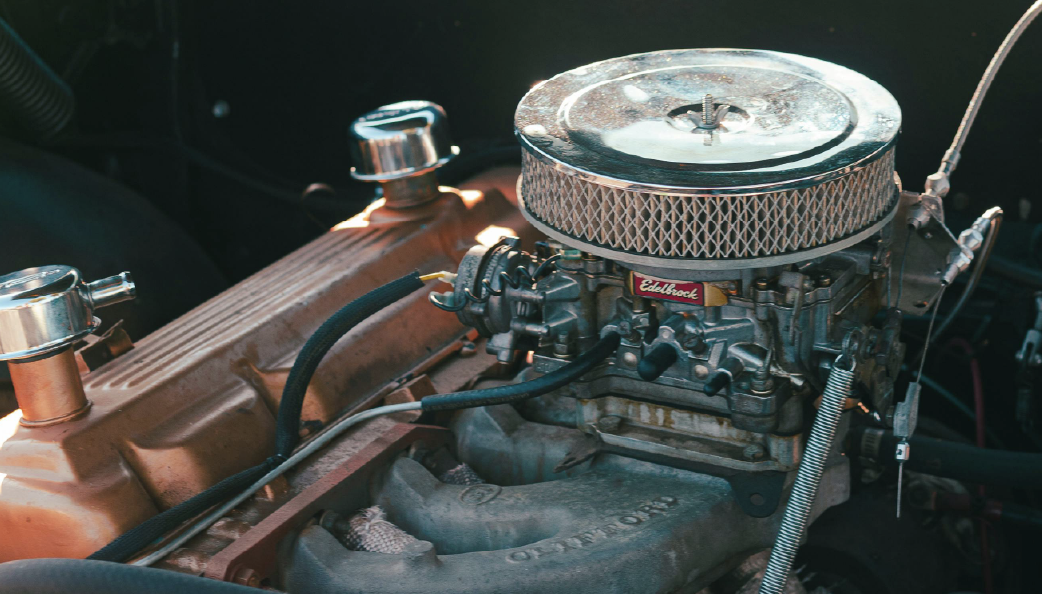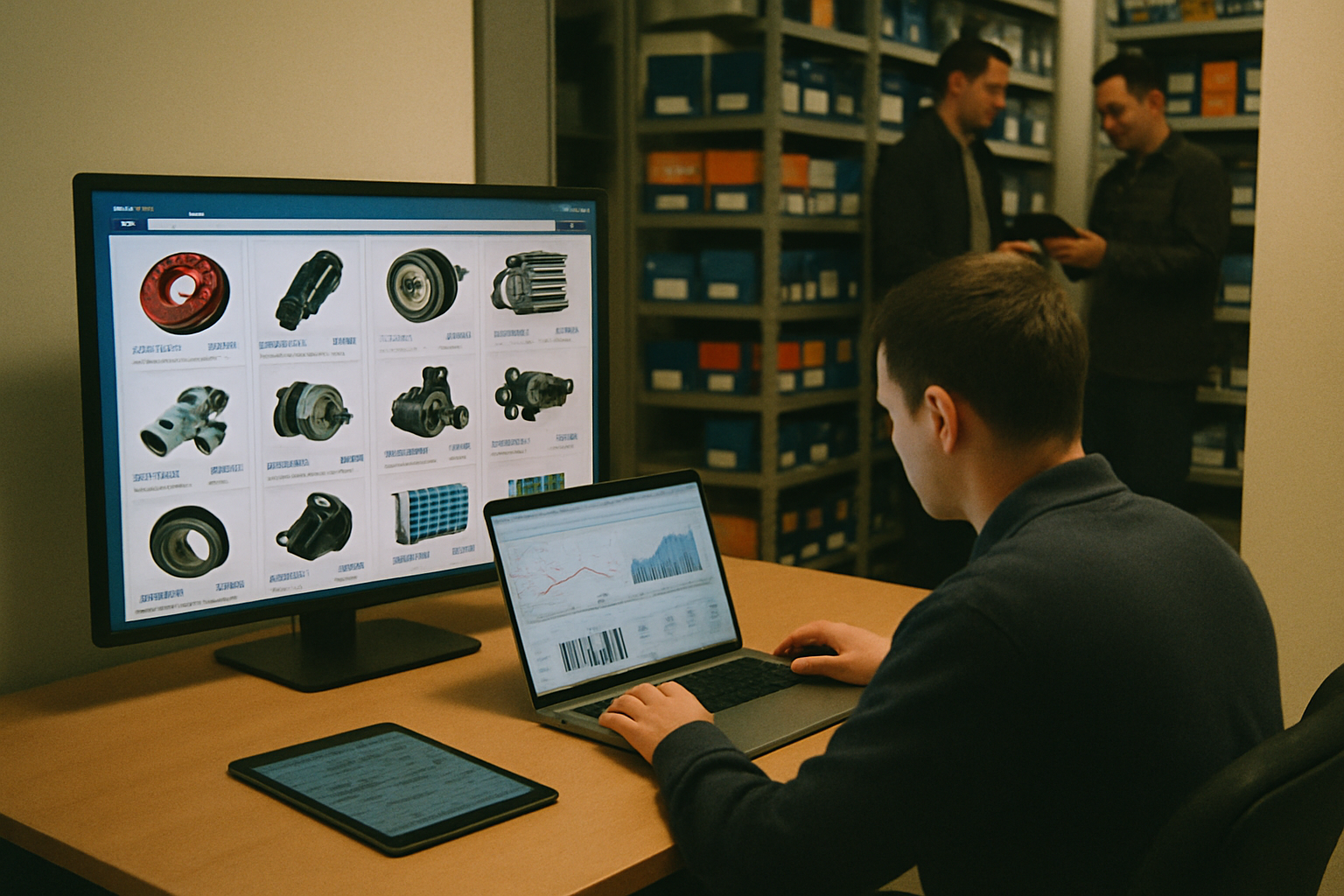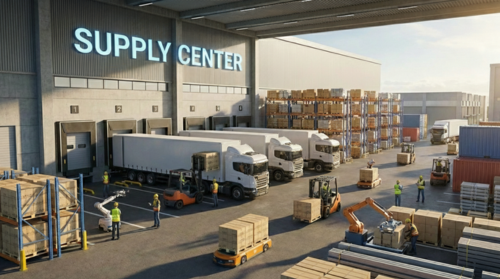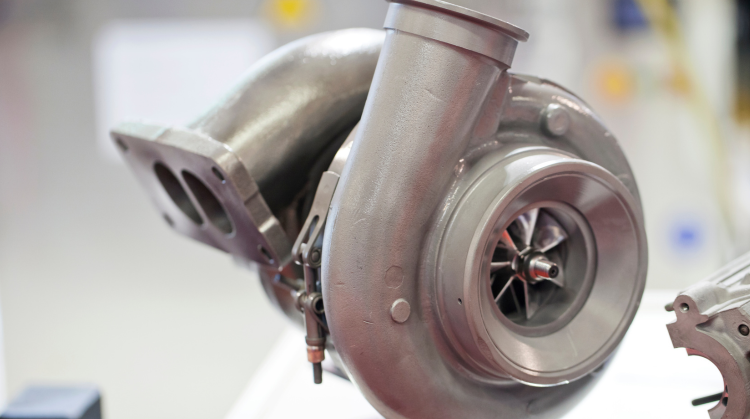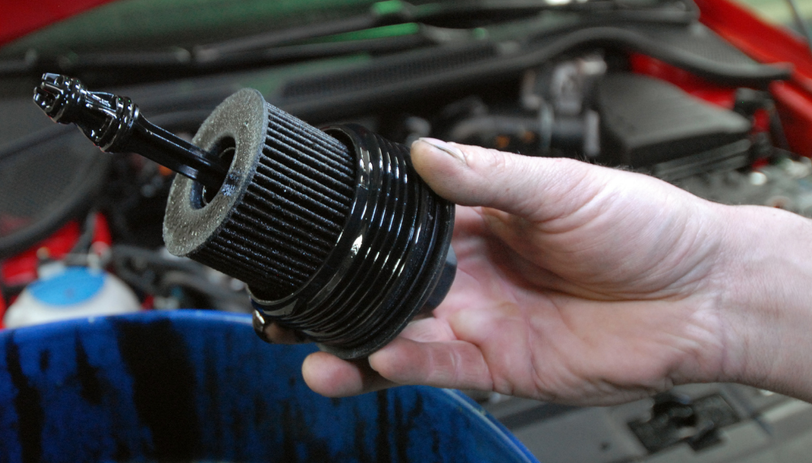E-commerce of auto parts is growing steadily and already represents a significant share of digital retail. According to the portal E-commerce Brasil, the segment accounts for more than 8% of online sales in the country. Although the automotive sector as a whole has modernized in recent years, it is the digitalization of the spare parts chain — including parts, accessories, and after-sales services — that has shown the most significant strategic advances.
This movement is directly linked to the changing behavior of the end consumer. Increasingly connected, mechanics, retailers, and drivers have started searching for parts online for speed, variety, and convenience. To meet this new demand, manufacturers and distributors are digitalizing their catalogs, automating inventory and price management, and opening space for direct or indirect sales through marketplaces and proprietary platforms.
Market trends and data
Mercado Libre, for example, revealed that the auto parts sector was one of the fastest-growing categories on the platform in recent years, with a 63% increase in sales across Latin America. More than half of these transactions (54%) were destined for repair shops and spare parts professionals, highlighting the importance of the digital channel in the daily operations of automotive after-sales.
Additionally, a report by Americas Market Intelligence (AMI) indicates that Latin American e-commerce is expected to exceed USD 432 billion in sales in the coming years, with particular emphasis on product categories with competitive average ticket prices and high turnover — as is the case with auto parts.
Practical transformations in the distribution chain
In practice, digitalization has enabled companies to update prices and inventories in real time, reducing errors and avoiding stockouts. Manufacturers are creating comprehensive digital catalogs, including technical data such as SKUs, model years, and compatibilities, which facilitates both finding the correct part and building trust in the purchase.
This compatibility is, in fact, a crucial differentiator on platforms like Mercado Libre, which already provide specific features to indicate whether a part fits a particular vehicle. This improves the purchasing experience, reduces returns, and strengthens brand reputation.
Another highlight is the multiseller store model, which allows distributors and manufacturers to offer their products in official stores sold through a network of authorized resellers. Inventory can be synchronized automatically, and prices adjusted in a centralized system, facilitating large-scale operations without losing quality control and consistency of information.
Direct impact for buyers
For the end buyer, the advantages are clear: more options, competitive prices, fast delivery, and greater confidence in the origin of the part. For mechanics and workshops, this means saving time by quickly locating the right component, often based on precise technical filters, and avoiding delays in the service provided to the client.
On the other hand, for distributors and manufacturers, adopting tools to manage listings, inventory, and performance on marketplaces has allowed them to make more accurate decisions based on data — such as knowing which cities have the highest demand or which parts sell most during specific periods.
A new standard for the sector
Although some companies in the sector are already familiar with this digital model, there is still a long way to go. Digitalization is not just a trend: it is a new standard of operation, requiring continuous adaptation and focus on the customer experience, whether it is a large workshop or a driver looking for a part for maintenance.
Manufacturers who invest in robust digital catalogs, process automation, and active presence on online channels gain not only visibility but also operational efficiency and competitiveness. Selling auto parts online is not just a commercial strategy — it is increasingly a survival differentiator in the market.

